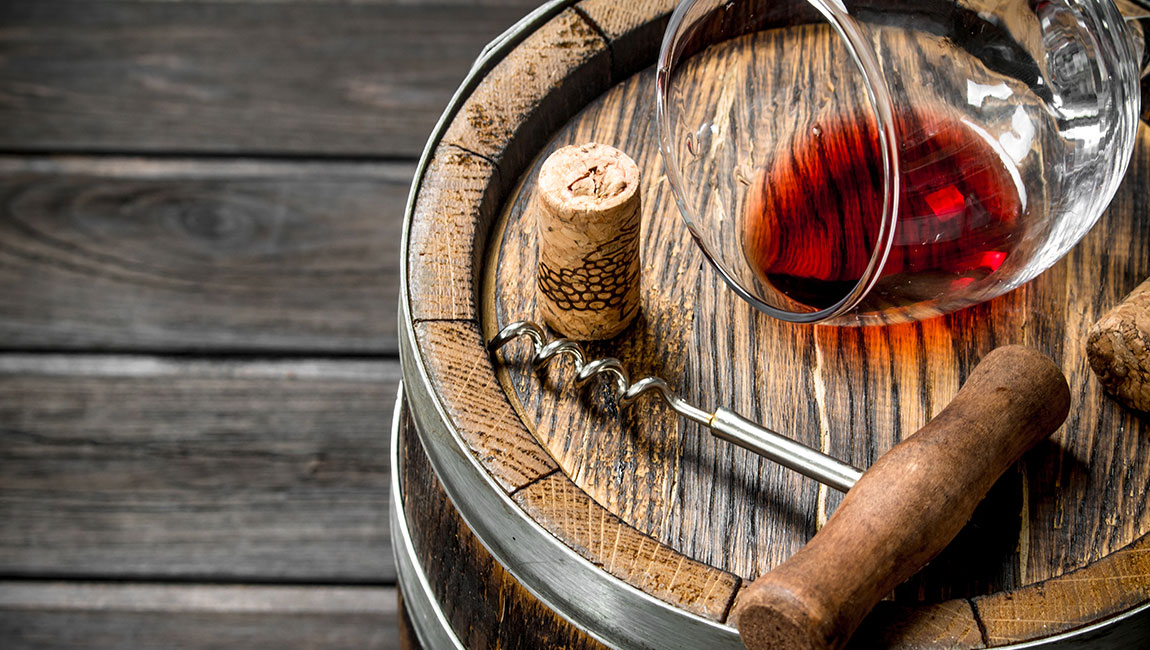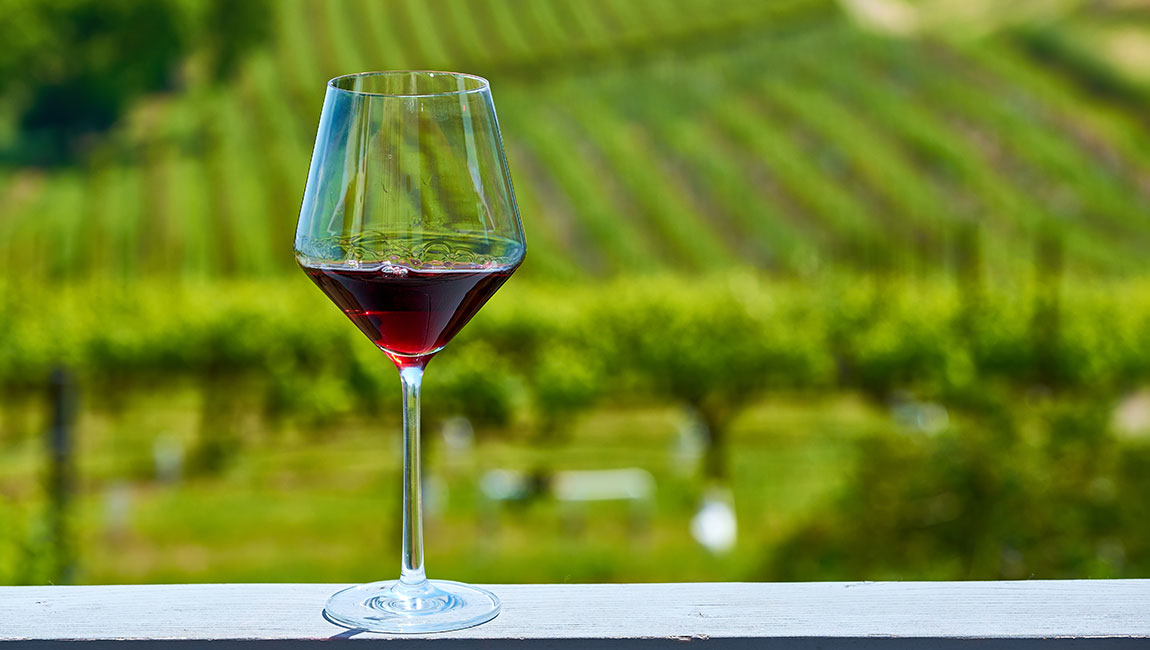Dictionary of Wine Rhapsody
How do you choose the perfect bottle of wine for every occasion? You must have asked yourself this question countless times. That’s why today, we are bringing you a dictionary of wine terms and advising you to add it to your next shopping list for purchasing this magical drink at our wine department in Crvena Jabuka Gastro Market Marindvor.

Appellation – often referred to as the “identity card,” it signifies the specific geographical origin where the grapes for wine production are cultivated. French wines can be found under the label “AOC” or “AOP,” Italian wines under the label “DOC,” and Spanish wines under the label “DOP.” All markings are prominently displayed and emphasized on the labels of these high-quality wines.
Archive wine – a term that indicates the wine has been stored in the cellar for a minimum of five years, with three of those years spent in the bottle. This period is significantly longer than what is optimally required for its maturation and distribution. These wines are rare and distinct, which makes them ideal for special occasions.
Indigenous variety – a grape variety that is exclusively grown and thrives in one specific geographical area.

Barrique – derived from the French word “barrique.” If a wine bears this label, it signifies that it has been aged in an oak barrel for a minimum of six months. The longer the wine is barrique-aged, the more complex it becomes, as it absorbs color, tannins, and aromas from the splendid oak.
Bouquet – from the French word “bouquet,” a term used to describe the overall impression of wine, primarily in terms of its aroma and taste experienced in the mouth. The bouquet depends on the age of the wine, and its definition is entirely subjective due to the various olfactory and taste associations the wine’s aromas can evoke.
Decanter – a glass vessel used for aerating wine and, particularly for quality aged red wines, separating the liquid from sediment.
Fortification – or “fortifying” is the process of adding alcohol to halt natural fermentation, resulting in a sweeter wine with a higher alcohol percentage. This process produces wines like sherry, port, and the popular Vermouth.
Cuvée – the blending of different grape varieties or even distinct types of wine. It involves combining varieties from the same vineyard or even different regions, as well as wines that mature in separate barrels or undergo different production processes.

Semi-dry wine – indicates the sugar content in the wine, ranging from 4 to 12 grams per liter.
Reserve – on wine bottles from Spain and Portugal, this label signifies that the wine has been aged for a minimum of three years, with one year in a barrel and the following two in a bottle. These wines are excellent gifts for true enthusiasts of this timeless beverage.
Sediment – or dregs, is often found in red wines that have been bottled for an extended period. If you encounter sediment in your glass, it likely indicates a quality wine that has been aged for several years.
Sommelier – a professional designation for an individual who possesses advanced knowledge of wines and wine culture.
Table wine – produced from various grape varieties and regions, often lacking specific appellation.
Dry wine – wine without residual sugar or with minimal sugar content.
Shirou – a beverage containing no more than 1% alcohol, obtained from grapes before the onset of fermentation

Tannins – naturally present in the grape’s skin, stem, and seeds, tannins serve as a defense against insects as the plant ripens and grows. Oak wood also contains tannins, which are imparted to the wine through the barrels in which it matures or ages. The quantity of tannins in wine influences its dryness and astringency, and it also contributes to its texture, structure, and complexity. Tannins are primarily found in red wines, while their presence is lower in white, rosé, and dessert wines.
Terroir – a term that encapsulates the characteristics of the soil and the region where the grapes are grown. It encompasses information about the soil, climate, altitude, surrounding vegetation, and all other factors that influence the eventual “personality” of the wine. The more defined and accurately characterized the terroir is, the higher the quality of the resulting wine.
Body of wine – can be categorized as light, medium, or full. This classification is based on the overall sensation the wine imparts on our palate. The wine’s body feels fuller the longer we perceive its taste in our mouth.

